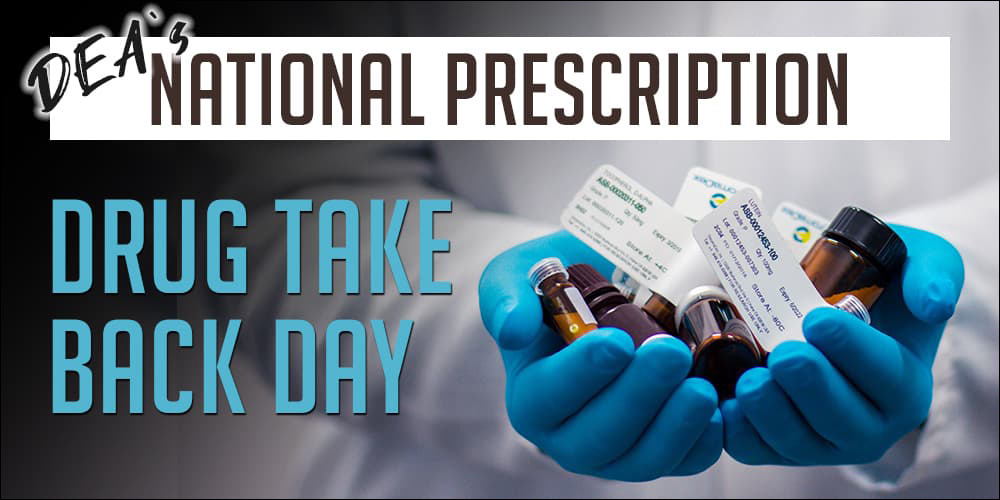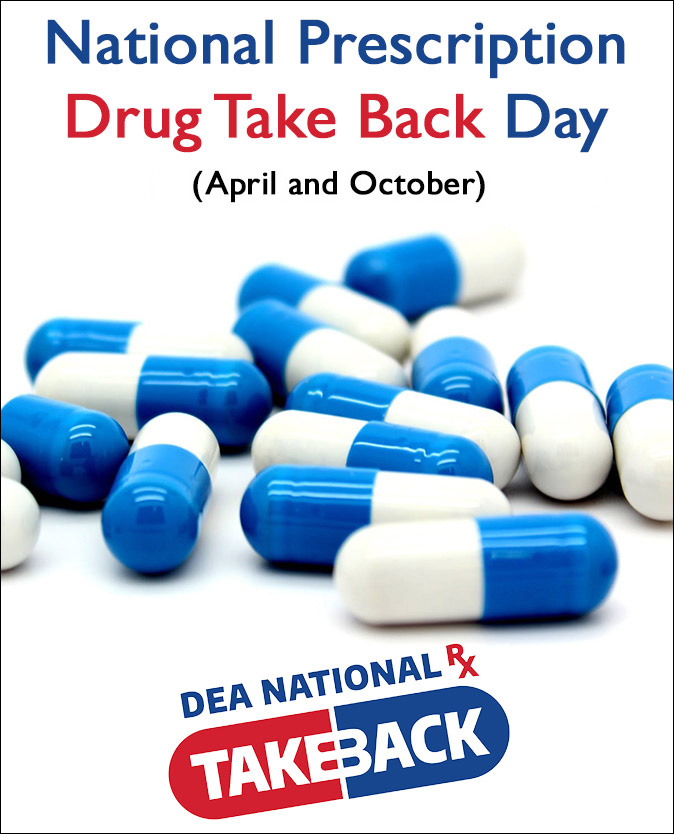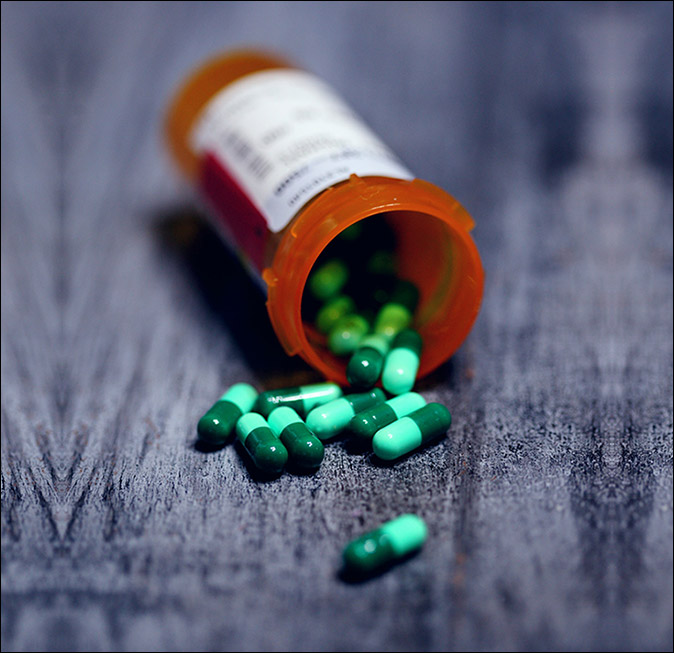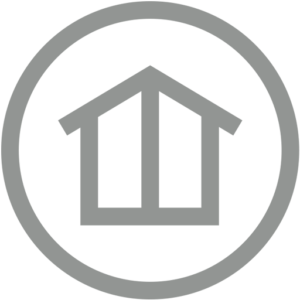
National Prescription Drug Take-Back Day is Saturday, April 26, 2025.
The next Drug Take Back Day will be Saturday, October 25, 2025.
Even though most people consider prescription medications to be safe, the misuse of prescription drugs has become a serious public health problem in America.
According to a 2017 National Survey on Drug Use and Health, more than 18 million people over the age of 12 misused drugs in the past year.
The semi-annual National Prescription Drug Take Back Day plays an important role in reducing the number of unused medications, and helps prevent drug addiction and overdose deaths.
Drug Take Back Day is available to the general public around the country every year on one of the last Saturdays in April and October.
To understand the importance of disposing unused medications, it’s necessary to consider the possible problems associated with prescription drugs, the steps to ensure prescription drugs are not misused, and how the public can get involved in Prescription Drug Take Back Day.

The Need for Drug Take Back Day
Easy access to prescription drugs is one of the leading factors contributing to the prescription drug misuse problem in America.
People are often misinformed about the addictive nature of popular medications, especially opioids like oxycodone.
Most people are aware of the dangers of taking illegal drugs, but many are under the false assumption that prescription drugs are less harmful because a doctor prescribed them.
One study published jointly by the University of Michigan, University of Colorado School of Medicine, and Columbia University in New York found that legitimate opioid use before high school graduation is associated with a 33 percent increase in the risk of future opioid misuse after high school.
It’s unfortunate that teens and young adults are prescribed opioid medications with such a high frequency that can lead them to seek more when the prescription runs out because they like the way the drugs make them feel.
Approximately 60 percent of adolescents obtaining prescription drugs for non-medical use say that they get them from family and friends, according to the global movement, Do Something.
Data from the National Institute on Drug Abuse (NIDA) shows how pervasive prescription drugs in our society, with more than 80 percent of older patients using at least one prescription medication daily.
The CDC reported from 2015 to 2016, nearly 46 percent of the United States population had used prescription drugs in the past 30 days.
It’s too easy to for people to get access to prescription drugs and use them for non-medical purposes, which can lead to a dependence or addiction.
In addition, teens and young adults who misuse prescription drugs are more likely to use other drugs. The misuse of prescription drugs can develop into a serious addiction or potentially fatal overdose from mixing different kinds of drugs.
Related: What is Polysubstance Use?
Drug Classifications
The Drug Enforcement Agency (DEA) classifies substances in five distinct drug scheduling categories.
Schedule I substances have no currently accepted medical use and they have a high potential for abuse. Prescription drugs are not considered part of this classification, even though they can be abused and may be addictive.
Schedule II substances have a high potential for abuse and possibly addiction. These drugs are dangerous when misused, and some of them are prescription drugs.
Schedule III to Schedule V substances are increasingly less addictive.
Here are the five classifications of drug schedules and some examples of drugs that fit into each category:
- Schedule I – heroin, LSD, marijuana, molly / ecstasy, methaqualone and peyote
- Schedule II – cocaine, methamphetamine, methadone, hydromorphone (Dilaudid), meperidine (Demerol), oxycodone (OxyContin), fentanyl, Dexedrine, Adderall and Ritalin
- Schedule III – ketamine, anabolic steroids and testosterone
- Schedule IV – Xanax, Soma, Darvon, Darvocet, Valium, Tramadol, Ambien, and Ativan
- Schedule V – Lomotil, Motofen , Lyrica and Parepectolin
Schedule IV drugs listed above include benzodiazepines, which are not considered highly addictive, although they can still be unsafe if misused. Mixing a medication like Xanax and alcohol can be extremely dangerous.
How Can Prescription Drug Misuse Be Prevented?
There are many approaches to preventing prescription drug misuse. The first line of defense occurs with doctors who can screen patients for non-medical use of prescription drugs.
Doctors can be cautious and responsible when prescribing drugs that could be addictive.
There are also prescription drug monitoring programs, which are state-run databases that track the prescribing and dispensing of controlled prescription drugs.

Drug Take Back Day Helps Reduce the Misuse of Prescription Medications
It’s necessary to follow the directions when taking any type of prescription medication and to properly store it in a safe place.
This is important for the health and safety of those taking the medication, but also for those who might have access to it.
8 ways to ensure prescription medications don’t get misused:
- Always follow the directions given by the pharmacist or on the label
- Be aware of possible interactions between drugs, both legal and illegal
- Discuss any changes in use or dosage with your doctor
- Don’t use another person’s prescription medications
- Don’t share your medication with other people
- Store prescription medication in a safe place so others don’t have access to it
- Discard unwanted, unused, or expired medications. The FDA has published guidelines for the safe disposal of medications
- Take advantage of Drug Take Back Day
Drug Take Back Day Resources for Discarding Unused Prescription Drugs
Prescription drugs can fall into the wrong hands when unused medications are lost, stolen, or misused.
This is why the DEA’s National Prescription Drug Take Back Day focuses on collecting unused prescription medication.
Drug Take Back Day happens twice a year in April and October, and the DEA Diversion Control website offers links to resources about collection centers that are available throughout the country.
The website provides documents and tools that offer a wide range of resources to increase awareness regarding prescription medications and proper drug disposal.
The people behind Drug Take Back Day also run a year-round drug disposal program for people who miss the event, and authorized participating centers can be found via their website.
Law enforcement agencies are encouraged to take part and host a collection site to make it easy for people to discreetly dispose of unwanted medication.
Related Posts
- Long Term Side Effects of Drugs and Addiction
There's a lengthy list of long-term side effects of drugs and addiction that affect both…
- Oxycodone Side Effects and Dependence or Addiction
What is Oxycodone? Oxycodone is an opioid drug, commonly known under the brand names Oxycontin…
- Whippets Drug Side Effects, Dangers and Addiction
The Whippets Drug is one of the most common inhalants used recreationally by teens and…
